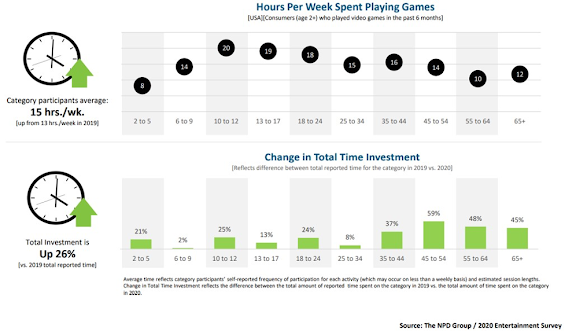This special edition of Inside Edge provides an overview of the videos, commentaries and Academy pieces published by EdgePoint in 2020. The next Inside Edge will be published on Friday, January 8th.
Short videos
Embracing the unknown: To achieve pleasing long-term returns, investors sometimes need to feel the discomfort of owning businesses that don't offer the short-term peace of mind that most of the market craves. This video explains why successful investors embrace times of uncertainty.
Short-term declines: Short-term pullbacks in the market will happen, but they're only temporary. What matters most is how you react during these tough times.
Bumpy road to long term outperformance: Everyone wants to outperform in the long term, but you can't do that if you invested like everyone else. In this video, we explain how looking different might mean short-term underperformance and how that's just part of an investment approach that can pay off over time.
Worth your while – knowing the value of what you own: We believe that the best way to avoid falling into an emotional trap is to act like a rational business owner and differentiate between what the business is really worth versus what the market thinks it's worth.
EdgePoint's investment approach: We believe the most valuable thing about us is the application of our investment approach. Our primary goal is making money for our investors but pleasing returns over the long term are more likely if you understand and believe in the EdgePoint investment approach.
Commentaries
In 2020, our portfolio managers wrote about:
• Uncertainty, and things we know to be true even in an uncertain environment (We understand the gravity of our responsibility to you – part 1)
• Your path to point B and why you need uncertainty and willingness to look wrong in the short term to get to point B (We understand the gravity of our responsibility to you – part 2)
• The high price that investors are willing to pay in search of certainty and why investors should crave uncertainty in investing (The certainty of uncertainty)
• The rarely seen high-yield opportunities in the volatile fixed-income environment at the beginning of the year (Glass half full)
• The risks in fixed income investing and the importance of fishing where best investment opportunities are (Fish where the fish are)
• The changing outlook for fixed income and how you can ensure it plays the right role for you in the future (Play your part – the role of fixed income in your portfolio)
• And what helped them sleep at night at the beginning of the year (What helps us sleep at night – Part 6)
EdgePoint Academy: Planning for retirement
A series of articles focusing on retirement, specifically on topics and issues faced by investors preparing to retire or already there:
1. Are your retirement savings on track? Compound your money, not your problems.
2. The big day has arrived: the right investments can help meet your income needs.
3. The retirement income balancing act: the impact of withdrawal rates.
4. Sequence of returns: a risk worth learning about.












